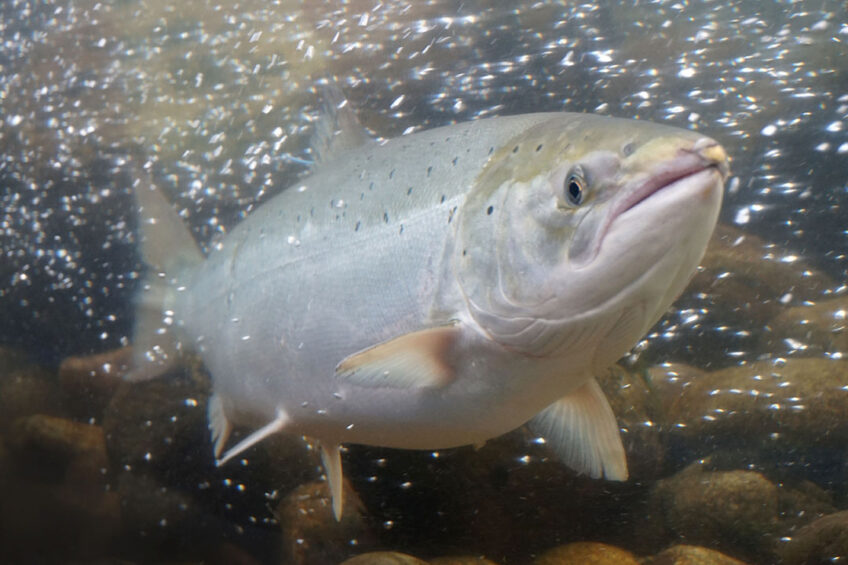Russian aquaculture sees a production increase despite turbulence

In 2022, Russian aquaculture production reached 383,500 tonnes, 7.5% up compared to the previous year, the Russian federal agency for fisheries Rosrybolovstvo estimated.
Trout and salmon production stood at 154,000 tonnes, 19,400 tonnes higher than in the previous year. Output in the cyprinids segment rose slightly to 146,800 tonnes. As a result salmon segment outstripped cyprinids production for the first time, Rosrybolovstvo added.
In addition, the first crabs were grown in Russia last year – in this niche, the production was limited to 100 tonnes. In general, seafood production totalled 68,000 tonnes in 2022, 16% higher than in the previous year.
Rosrybolovstvo’s calculating methods questioned
Several market participants question Rosrybolovstvo’s calculating methods. Russian analysts Inna Golfand, for one, said that Rosrybolovstvo combines data on commercial products and non-commercial products, such as broodstock grown to be released under various recreational campaigns.
Golfand told the Russian publication Agroinvestor that in the salmon segment, the commercial production is close to 80,000 tonnes, which is noticeably lower than the declared figures.
Andrey Golokhvastov, general director of the Russian think tank Agriconsult, told Agroinvestor that it is not clear how the Russian regulator estimate and check the production figures: whether the agency refers to the data provided by the companies or it makes its own calculations.
Supply chain turmoil
The production dynamics in Russian aquaculture were positive even despite disruptions in the supply of Western feed, broodstock and technology. Golfand described the dependence of Russian aquaculture on import as critically high, estimating that in the salmon segment, it ranges between 50% and 60%, while in mussel production, it reaches 90%.
A further rise in production costs coupled with logistics turmoil is expected to be negative factors hampering the development of Russian aquaculture, she said. Several projects aimed at import substitution in aquaculture were announced last year, but their prospects are yet to be assessed, Golfand added.
Golokhvastov said that “if everything goes well”, Russian aquaculture could experience a further 5% to 10% rise in production in 2023.
The Russian state bank Rosselhozbank estimated that the problems associated with the lack of domestic feed in Russian aquaculture should be gradually solved through the launching of 9 new feed mills by 2030. On the other hand, the bank analysts warned the industry keeps suffering from the lack of domestic bloodstock, low investments in R&D and staff shortage.











